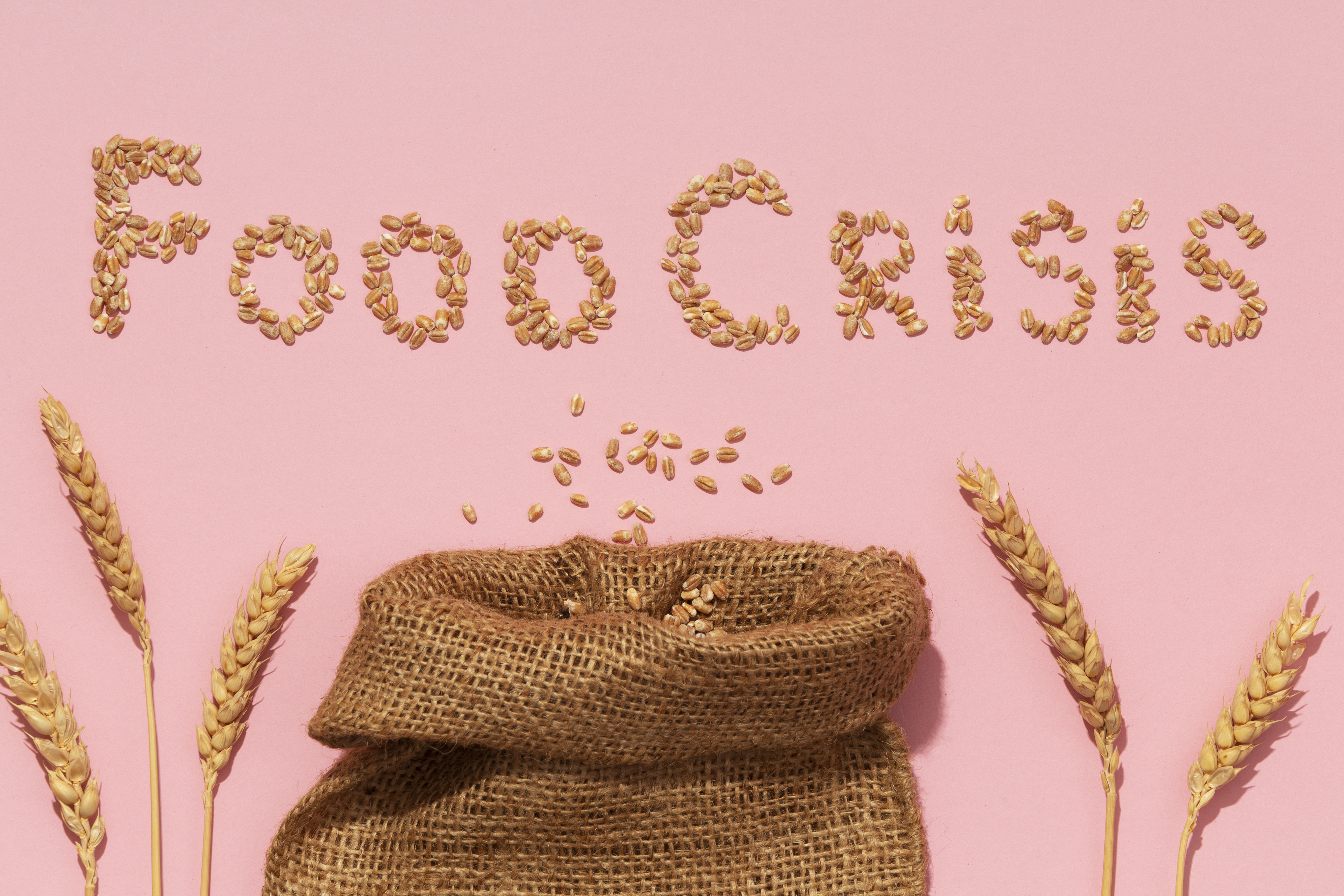The gluten-free diet has transformed from a medically prescribed regimen for specific conditions to a global health trend. Supermarkets are stocked with gluten-free products, restaurants highlight gluten-free options, and celebrities endorse the diet as a magical key to health. But is this diet truly beneficial for everyone? Or is it another clever marketing ploy targeting health-conscious consumers?
Table of Contents
What Is Gluten, and Why Is It a Concern for Some?
Gluten is a protein found in wheat, barley, and rye, responsible for giving dough its elasticity and helping it rise. For most people, gluten is harmless and even nutritious. However, for individuals with specific conditions, gluten can wreak havoc:
- Celiac Disease: This autoimmune disorder affects about 1% of the population. When individuals with celiac disease consume gluten, their immune system attacks the small intestine, causing inflammation, nutrient malabsorption, and symptoms like diarrhea, fatigue, and anemia.
- Non-Celiac Gluten Sensitivity (NCGS): Unlike celiac disease, NCGS doesn’t involve an autoimmune response but can cause symptoms like bloating, brain fog, and joint pain after gluten consumption. Diagnosis often relies on exclusion, as there’s no definitive test for NCGS.
- Wheat Allergy: This allergic reaction is different from gluten intolerance. Symptoms range from mild hives to severe anaphylaxis upon exposure to wheat proteins, including gluten.
Rising Gluten Allergies: What Could Be the Cause?
The increase in gluten-related disorders over the years may be linked to several factors. Modern wheat varieties, developed for higher yield and disease resistance, often contain higher levels of gluten proteins. Additionally, the widespread use of pesticides, particularly glyphosate, has been suggested to contribute to gut health issues that exacerbate gluten sensitivities. Food processing techniques, such as deamidation of gluten to improve texture and shelf life, may also alter how the body reacts to this protein. These factors combined may explain the rising prevalence of conditions like celiac disease and gluten sensitivities.
The Science of Gluten-Free Diets: Who Really Needs Them?
While a gluten-free diet is essential for people with celiac disease or NCGS, the majority of the population doesn’t need to avoid gluten. Scientific evidence suggests that gluten-free diets do not inherently offer health benefits for those without gluten-related disorders. In fact, unnecessary elimination of gluten may have unintended consequences.
1. Nutritional Gaps
Many gluten-free products are lower in essential nutrients like fiber, iron, and B vitamins compared to their gluten-containing counterparts.
2. Gut Health Implications
Whole grains like wheat and barley are rich in prebiotics, which nourish gut bacteria. Eliminating gluten unnecessarily can lead to a less diverse gut microbiome.
3. Cost and Accessibility
Gluten-free products are often more expensive, creating a financial burden for individuals following the diet without medical necessity.
Are Gluten-Free Products Healthier or Just Clever Marketing?

Pic Credits: Freepik
The gluten-free label often gives products a health halo, leading consumers to believe they’re automatically healthier. However, many gluten-free alternatives are ultra-processed and high in refined starches, sugar, and unhealthy fats to mimic the texture and taste of gluten.
1. Hidden Sugars and Fats
To compensate for the lack of gluten, manufacturers often add sugars and fats, making some gluten-free products less nutritious than their regular versions.
2. Glycemic Index
Gluten-free products made from rice flour or cornstarch have a higher glycemic index, leading to blood sugar spikes.
3. Misleading Labels
Some naturally gluten-free foods, like fruits and vegetables, carry the gluten-free label, further perpetuating the myth that gluten-free is synonymous with health.
Find the best gluten-free products at our gluten-free corner.
Recognize Gluten-Free Labels with ThinkPink Movement
Marketing plays a significant role in shaping consumer behavior. Gluten-free labels often exploit health trends. Instead, spreading awareness and the correct influence should be the motive. With ThinkPink, make sure you identify the labels that mislead the consumers.
1. Exploiting Vulnerabilities
Some gluten-free campaigns target cancer survivors, claiming the diet reduces inflammation or cancer risk, despite limited scientific evidence.
2. A Call for Transparency
Consumers must critically evaluate such claims, ensuring they’re not swayed by emotional marketing rather than scientific facts.
Join the ThinkPink movement here.
The Bottom Line
The gluten-free trend underscores the power of marketing in shaping dietary habits. While the diet is life-changing for individuals with celiac disease or NCGS, it’s not a one-size-fits-all solution. For most, gluten-containing foods provide essential nutrients and health benefits that shouldn’t be overlooked.
The next time you reach for a product with a gluten-free label, pause and reflect: Are you choosing it because you need it, or because it’s trendy? Informed decisions pave the way for better health and a balanced lifestyle.
Disclaimer: This content is for informational purposes only and is not a substitute for professional medical advice, diagnosis, or treatment. Always consult your healthcare provider before trying any new food items, supplements, or products, especially if you have an existing medical condition or allergies.
Reference:
Kurppa, K., Mulder, C. J., Stordal, K., & Kaukinen, K. (2024). Celiac disease affects 1% of the global population: Who will manage all these patients? Gastroenterology, 167(1), 148–158
El Khoury, D., Balfour-Ducharme, S., & Joye, I. J. (2018). A review on the gluten-free diet: Technological and nutritional challenges. Nutrients, 10(10), 1410
Lehman, P. C., Cady, N., Ghimire, S., Shahi, S. K., Shrode, R. L., Lehmler, H.-J., & Mangalam, A. K. (2023). Low-dose glyphosate exposure alters gut microbiota composition and modulates gut homeostasis. Environmental Toxicology and Pharmacology, 100, 104149.



